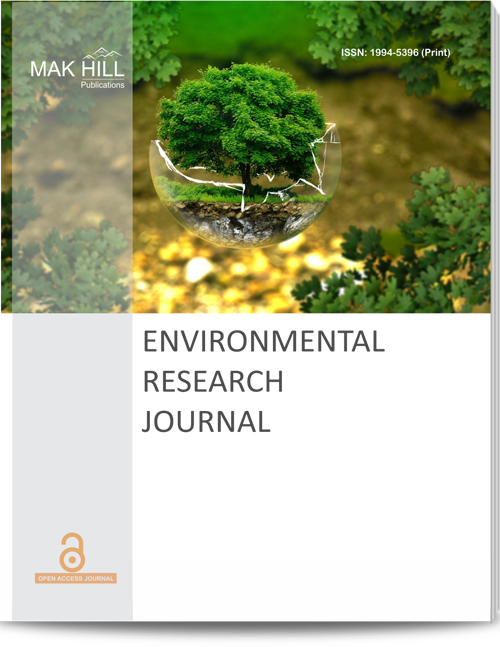
Environmental Research Journal
ISSN: OnlineISSN: Print 1994-5396
Abstract
This research work was carried out in the tropical high forests of Iwuru community, in Cross River State; South Eastern Nigeria. The focus was to determine the effect of logging intensity on forest regeneration status. Twenty four plots of one hectare each were laid. The plots were classified as lightly logged, moderately logged, severely logged and unlogged (control) based on levels of canopy opening and number of tree stands per hectare. Each category had 6 plots. Data on the number of regenerating seedlings in each of the sample plots were enumerated. Mean differences and analysis of variance were the statistical models applied to the data set. A positive statistically significant correlation was observed between logging and forest regeneration as the number of seedlings increased with logging intensity. The long term implication of this for rainforest recovery is highlighted.
How to cite this article:
Francis E. Bisong and Philip Mfon . Effects of Logging on Forest Regeneration in South-Eastern Nigeria.
DOI: https://doi.org/10.36478/erj.2008.115.121
URL: https://www.makhillpublications.co/view-article/1994-5396/erj.2008.115.121